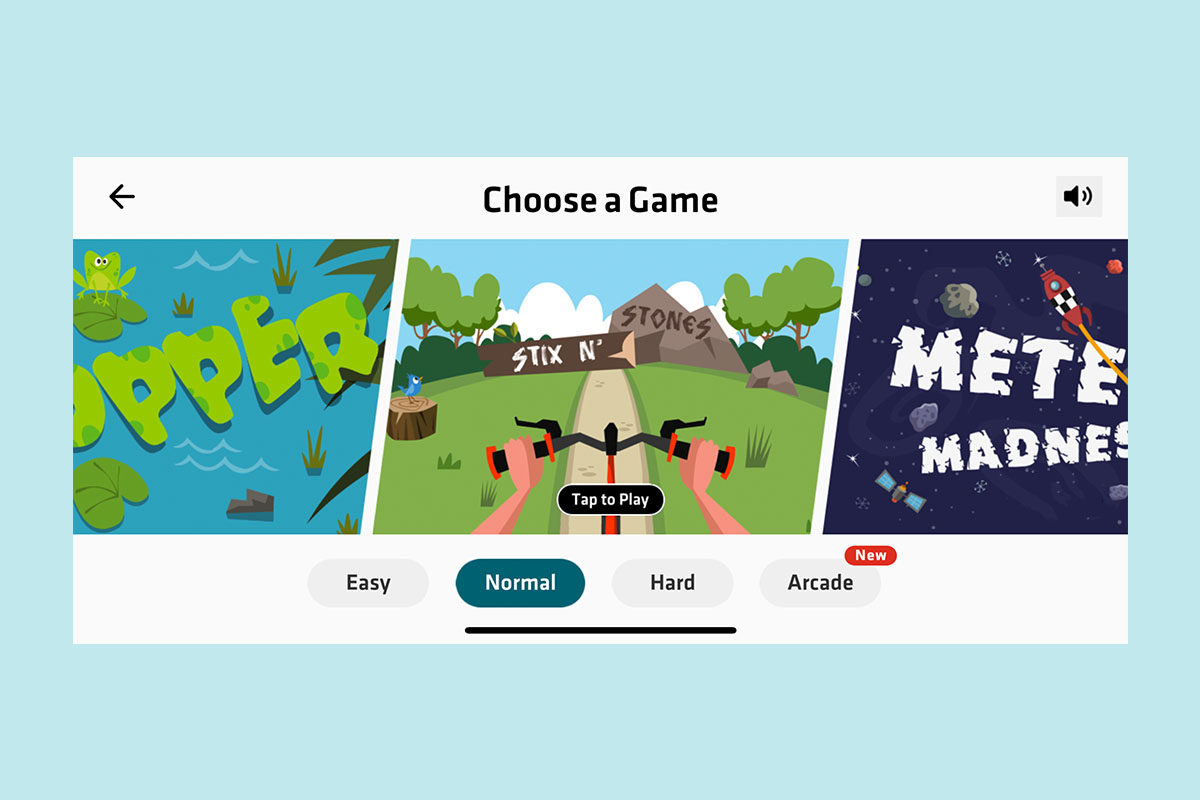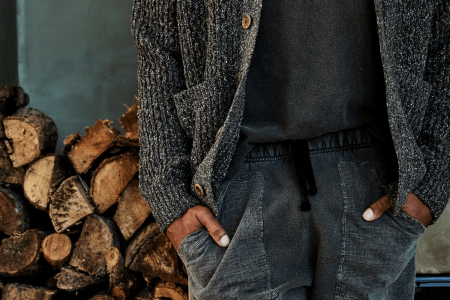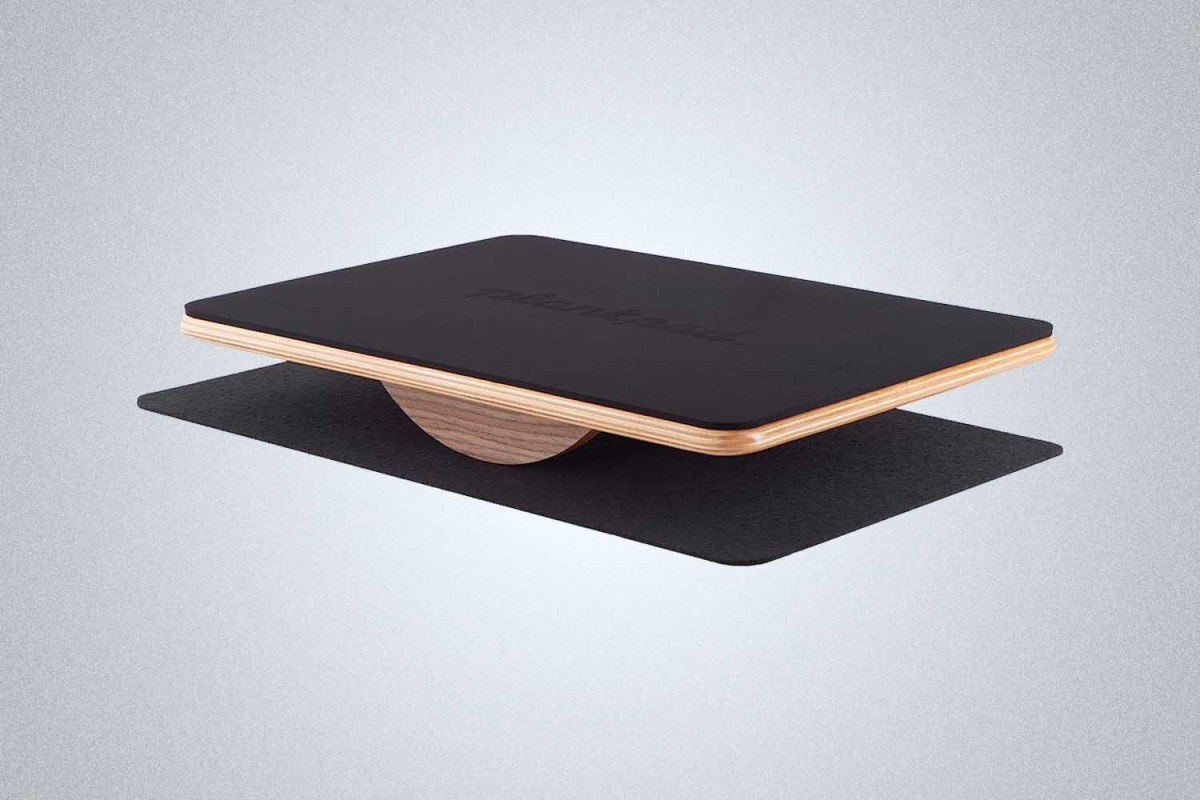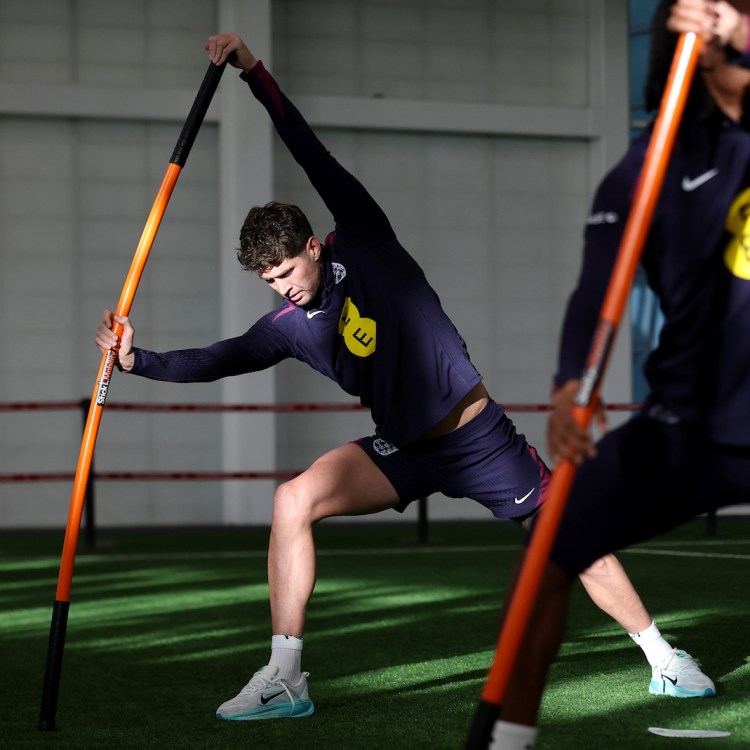An old coach of mine used to say that our most hated exercises are simply the ones where we stand most to improve.
The Best Amazon Prime Day Alternatives to Shop Right Now
Because why should Bezos have all the fun?It’s a frustratingly accurate observation. If you’re dreading a specific type of machine or move, it’s likely because you know that it hurts, and it’s going to get more painful before it gets any easier. Which is why, left to our own druthers, most of us are really good at pretending the exercise never existed in the first place.
Planks are my fitness boogeyman. I despise them. If a trainer tacks a 60-second hold to the end of a class, I will audibly curse. On my own time, I just refuse to do them. I’m not one for masochistic mind games when they can be avoided, and the torture of an isometric core exercise has long seemed over the top.
The problem, though? Planks are so goddamn good for you. As a runner, as a lifter and as a fitness writer who cares about posture, mobility and full-body health, I’ve also long been aware that I need to get over my aversion, and find a way to coax planks into my weekly routine.
Recently, I had a breakthrough, thanks to a funky invention called the Plankpad. It’s a German-designed balance board, made from walnut-finished wood and sweat-resistant foam, which you hold on to (like kids gripping the side of a pool during a swimming lesson) while engaged in a plank pose. If that’s all there was to the product, it would be pretty solid. A variety of products have similarly formalized and updated the pushup over the years, taking it off the ground and offering trainees a more reliable grip.
But the real draw here is the board’s “connection” to the Plankpad app, a clever library of games and workouts that have forced me walk back my personal plank ban and somehow (this sounds insane, but I’m being serious) even enjoy the wretched exercise.

Plankpad reminds me of apps I used on my iPod Touch in 2009, which probably sounds like a slight, but I mean it as a compliment. It’s an incredibly simple service with somewhat silly games, named Fruit Slicer, Stix N’ Stones, Meteor Madness, Snow Cruisin’ and so on. The purpose of these games is intuitive: swerve out of the way of debris along a pathway, or on a mountain, or in space. Along the way you’ll pick up “points.”
You’ll also, believe it or not, suddenly find yourself 30 seconds or more into a plank hold. Plankpad exchanges a notoriously difficult exercise’s mind games with game … games. Technically, this doesn’t make the physical act of holding a plank any easier, but it will distract you long enough to finish a set. And once you get invested in the games, the designers clearly hope, you’ll be willing to gut out a little extra time on the board in the name of beating your “high score.”
The games’ visual prompts might seem odd to beginners — why should I twist to one side to avoid a hurtling asteroid? But the movement Plankpad’s looking for is a subtle one. Slight, contained shifts from side to side make the board less stable, and in an effort to regain balance, your muscles have to work harder and together. The app is designed to work only when your phone’s positioned on the front of the board, and it can sense when you jerk too much to one side. It’ll alert you with a buzz. When you’re doing everything right, it’s an undeniably full-body enterprise. My shoulders, abdominals, thighs were all on fire after a few games of Wave Rider, an otherwise goofy game where a guy with floppy red hair has to surf around sharks.
If the games don’t do it for you, Plankpad also has a workouts feature, subdivided by session lengths (everything from 30 seconds to four minutes is represented), and peppered with moves to add to traditional plank sets, like spider lunges and mountain climbers. Plankpad recommends working your way up to the workouts, and first prioritizing patience and posture. It’s good advice; one of the major reasons to get into planks is the benefits it conveys for your back. If your form is off — if someone can trace a pyramid from your head to your toes, that’s a tell-tale sign — you can actually strain your back.
One of Plankpad’s best features is its most basic: a 30-day checklist, with an exercise pattern laid out daily. The very first day reads “30 Sec. REST 20 Sec. REST 15 Sec.” It’ll run you through the workout, no surfers or spider lunges included, and give you a green checkmark when you’re done. By the end of the month, you’re doing “90 Sec. REST 85 Sec. REST 80 Sec.” Sound improbable? Right now, of course it does. But if you’re planking for a couple minutes every day, there’s no reason you (or I) can’t get there.
Plus, one of my favorite aspects of Plankpad is that it won’t shoehorn you into some sort of monthly subscription. Fitness subscriptions are already eating us alive, to say nothing of all the other recurring rates in your life, but Plankpad is a “get what you get” situation. There are some apps you can unlock by paying extra (a mysterious, frog-themed game called Hopper), but it’s hard to imagine any new game Plankpad offers differing from what’s already available.
Your only investment, then, is originally $129 for the board itself, but thanks to a little Prime Day magic, you can grab one for well under $100. It’s lightweight and easily slots into the corner of any home gym, garage, apartment, what have you. It also comes with a non-slip mat, which is helpful if you have to set this thing up on a wooden floor. In the interest of abs, or less back pain, or finally demystifying a devilish exercise, I highly recommend this thing. Fitness is supposed to be fun. The Plankpad passes that test and then some.
The Charge will help you move better, think clearer and stay in the game longer. Subscribe to our wellness newsletter today.
















